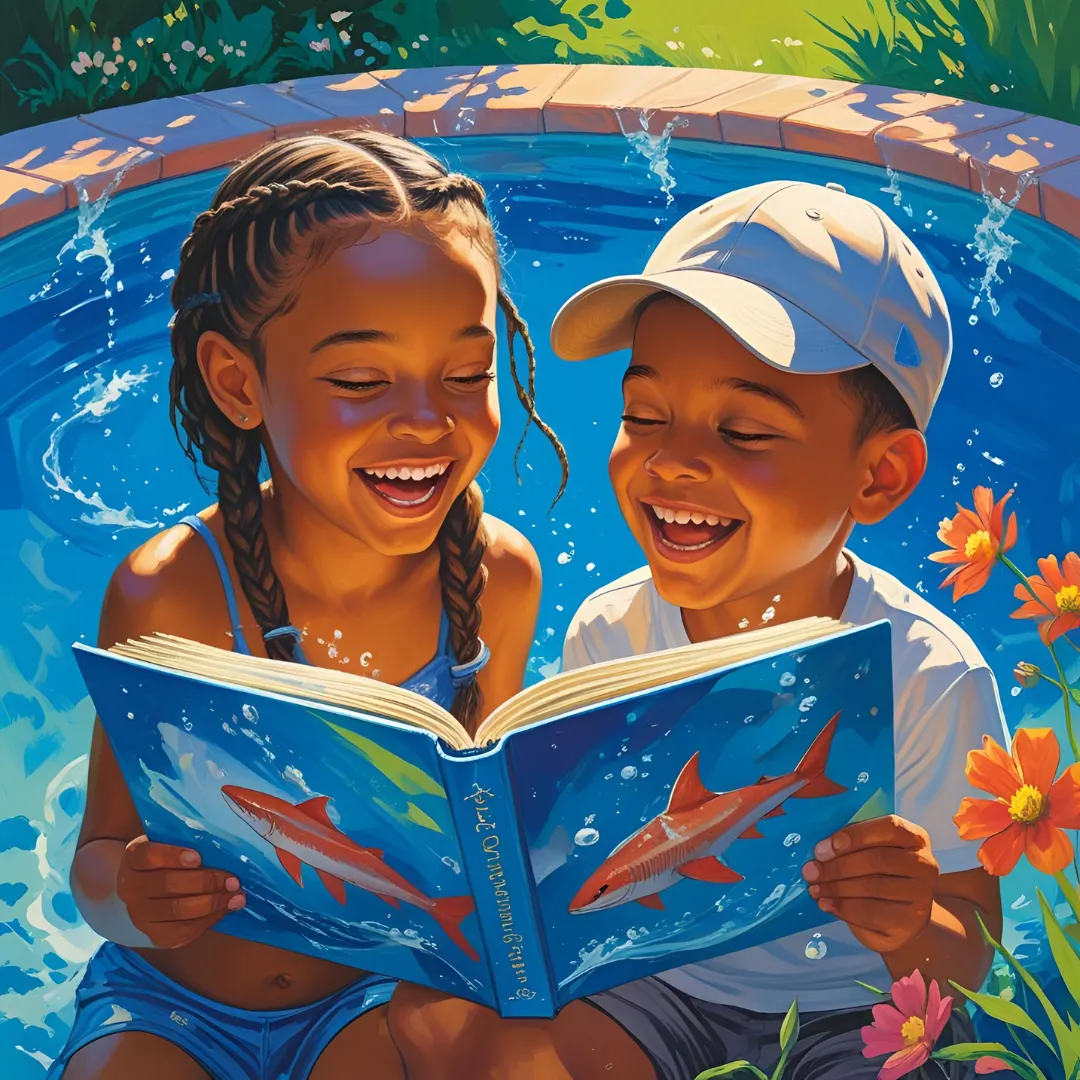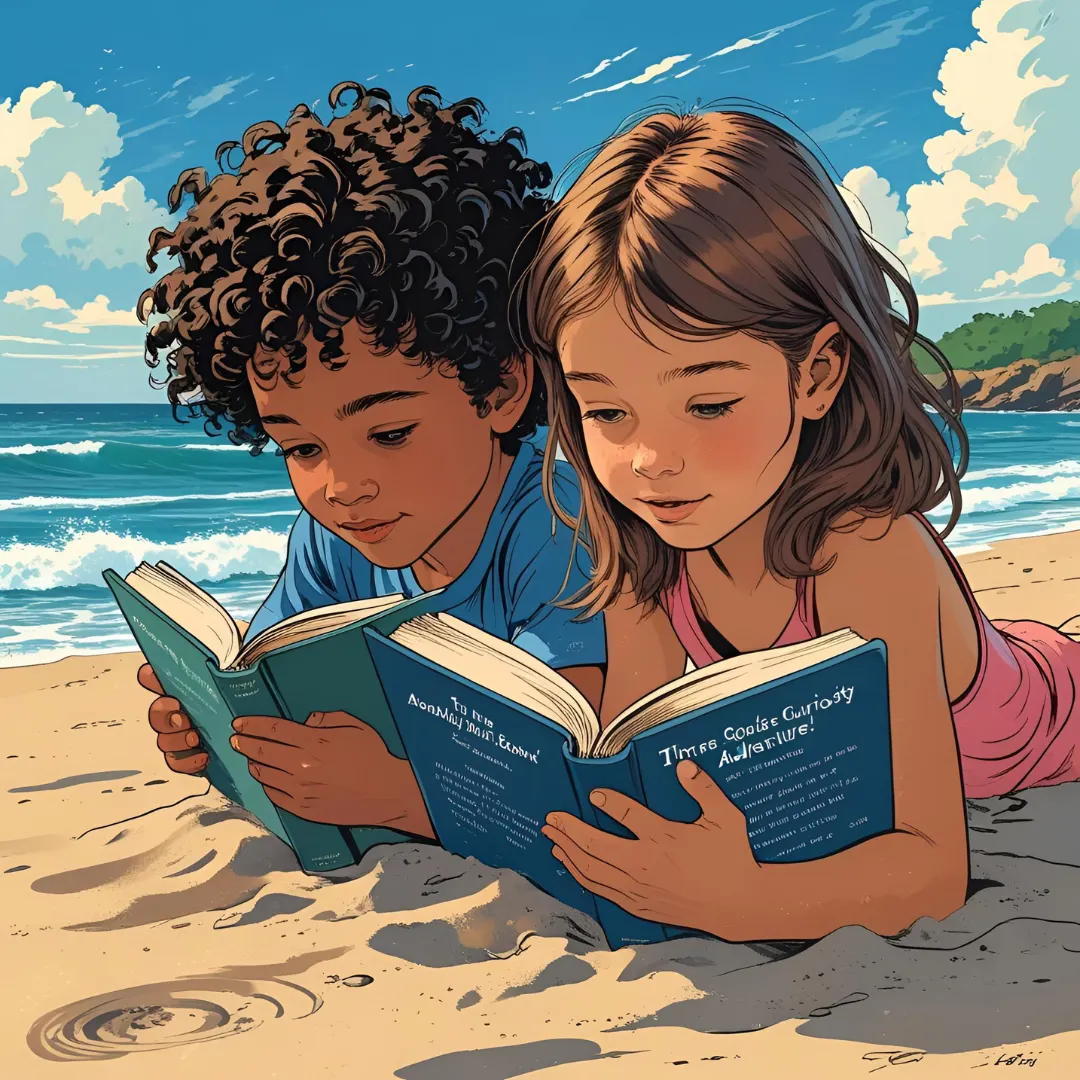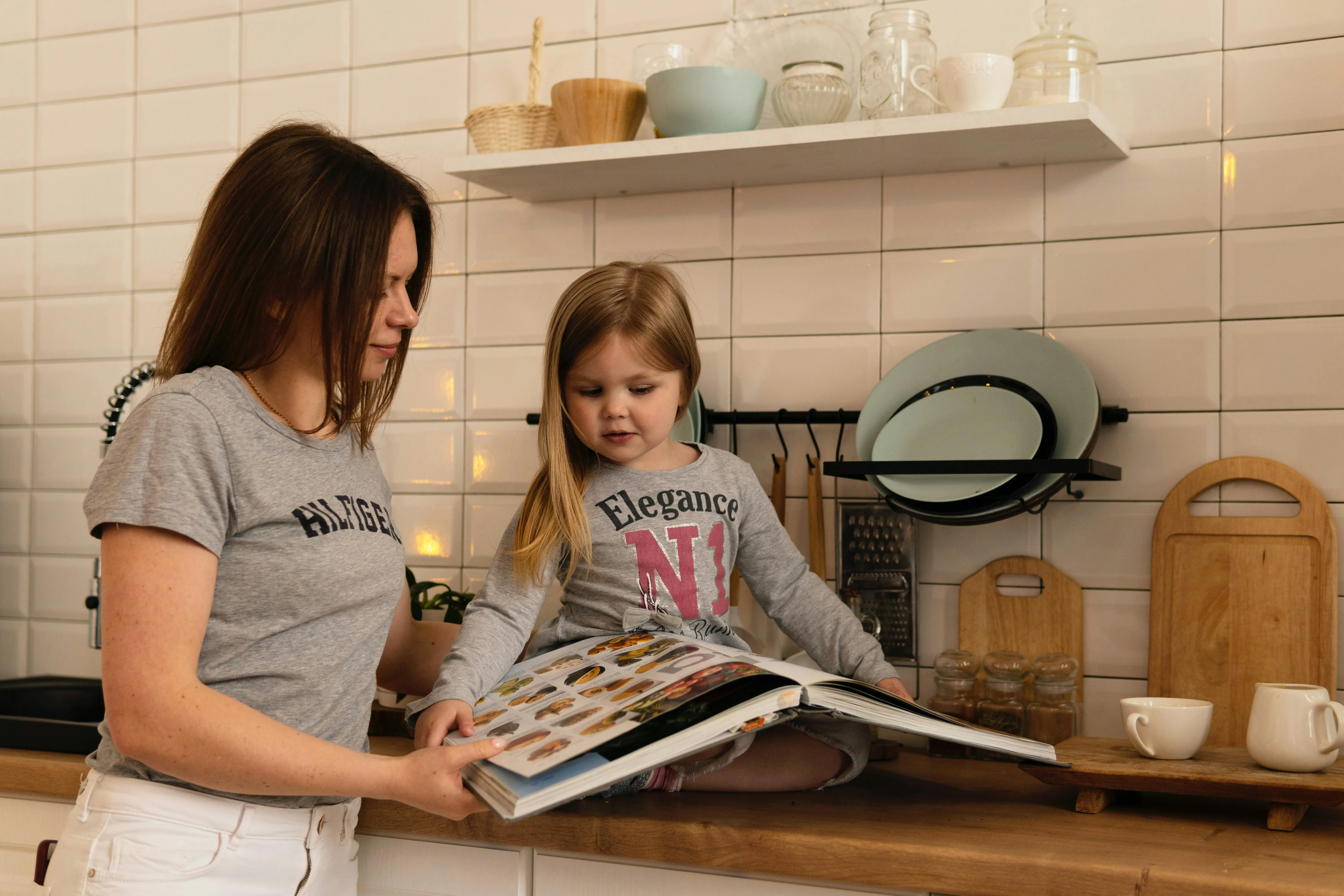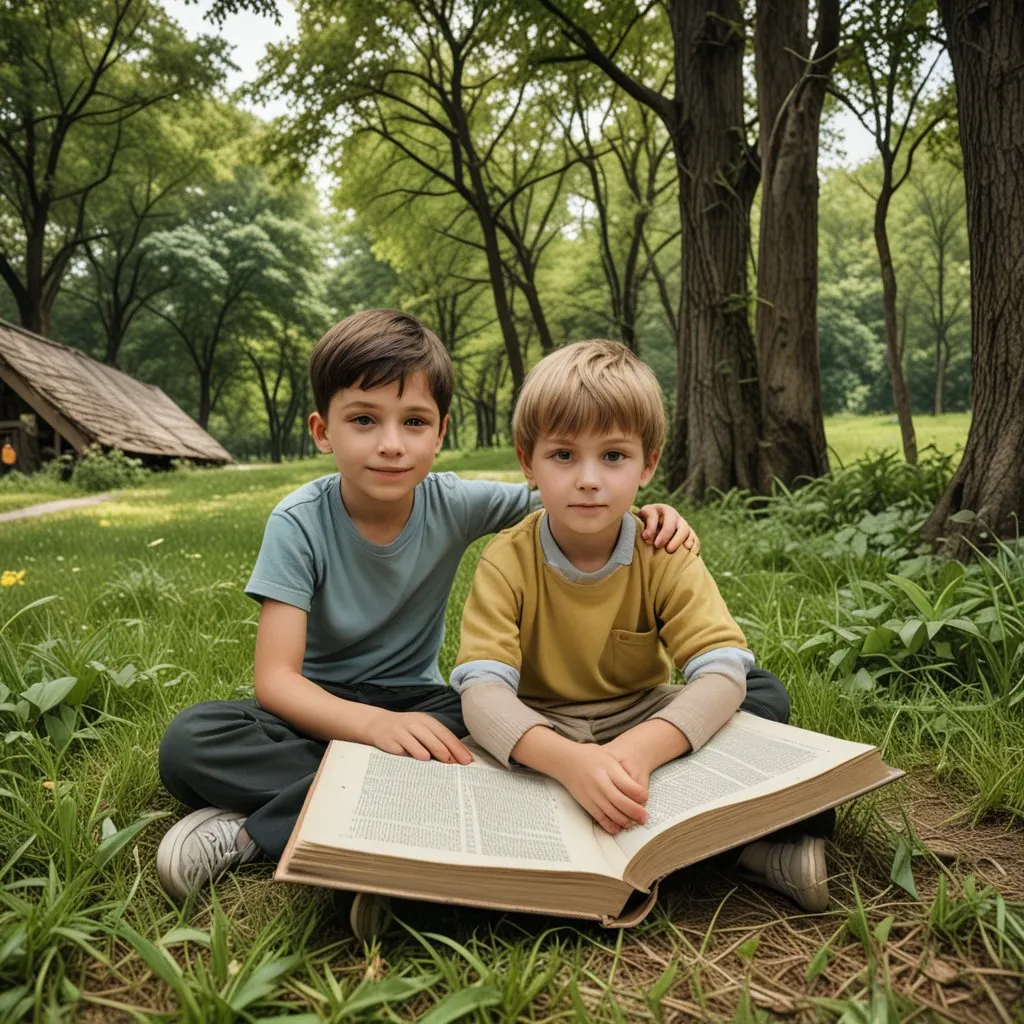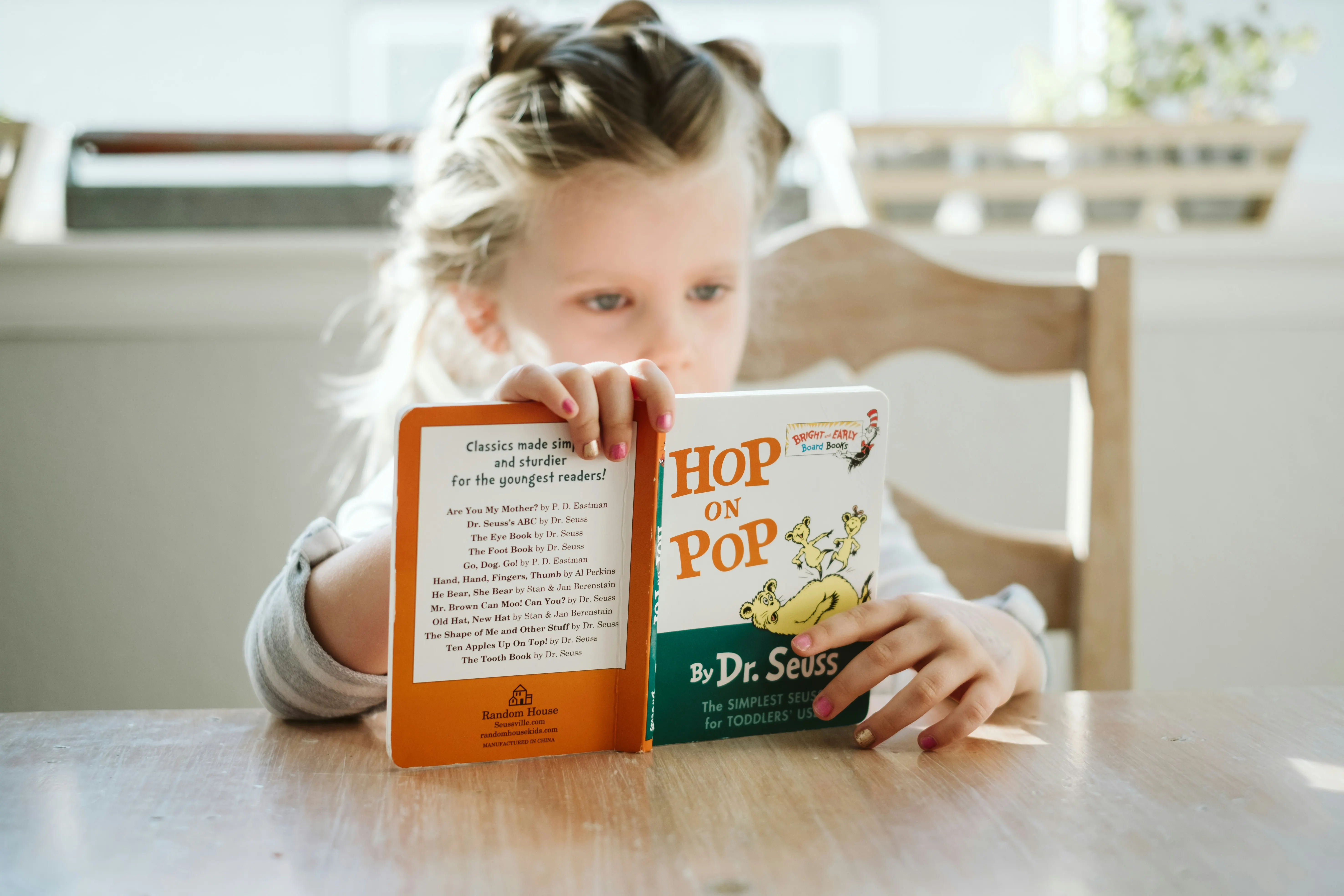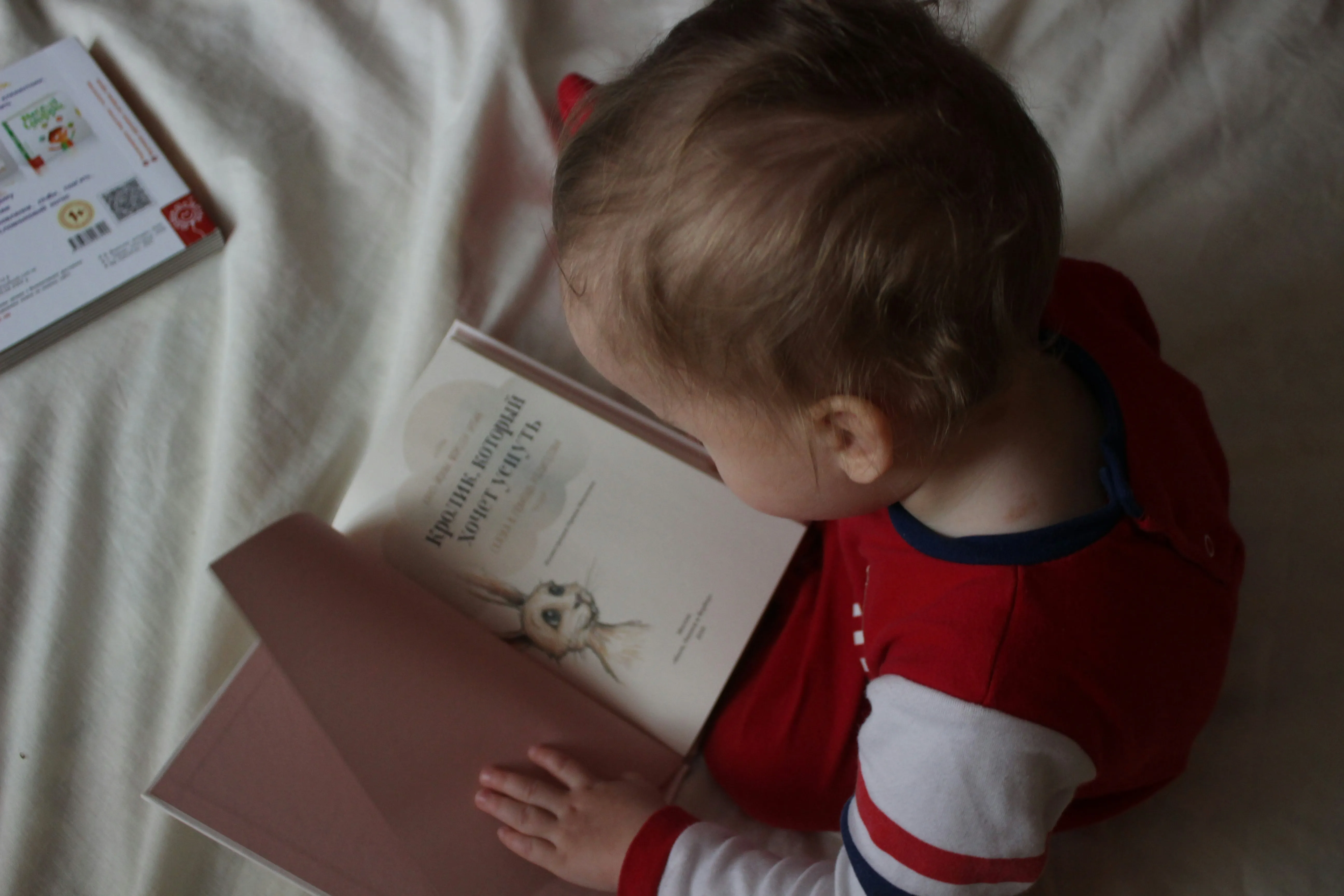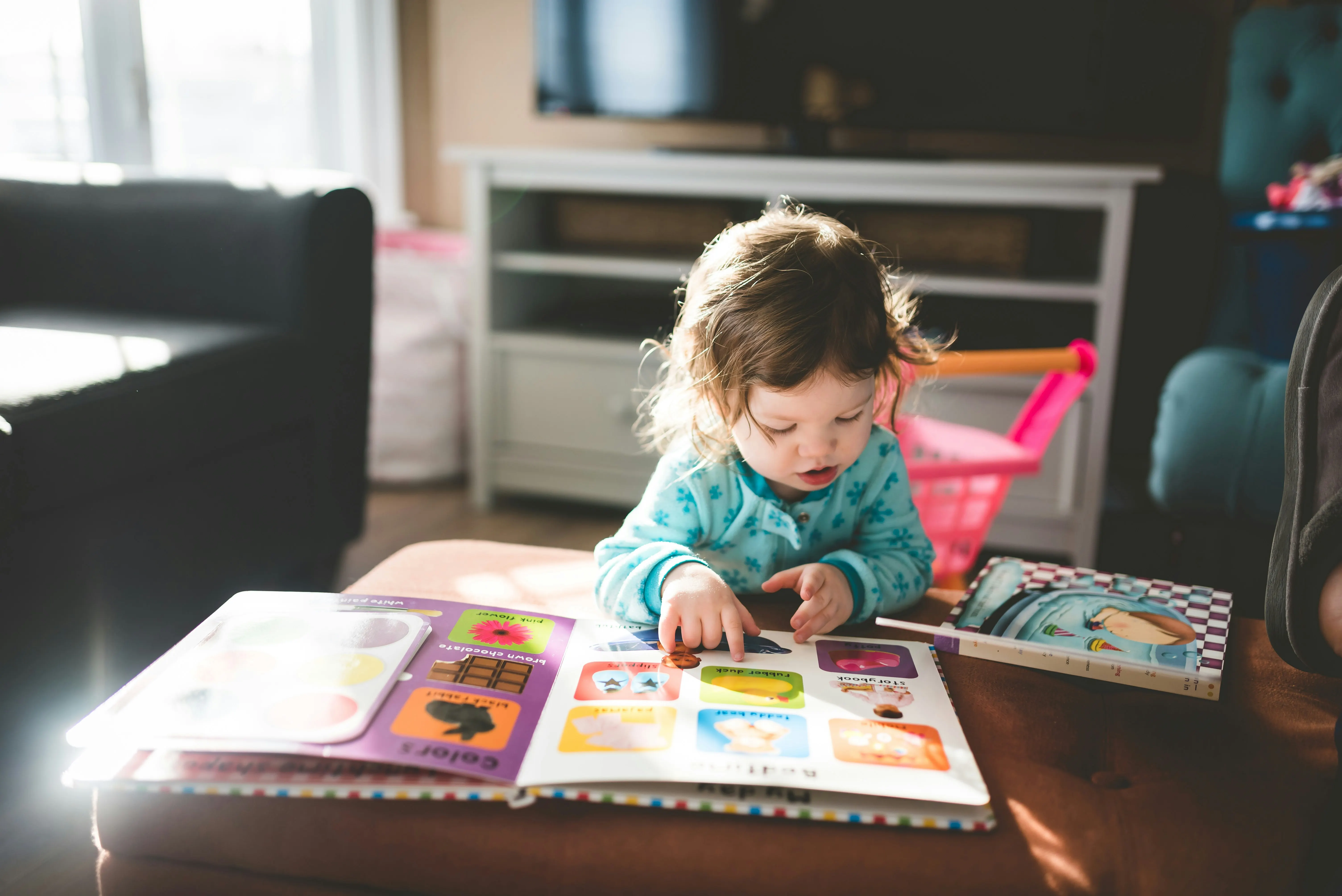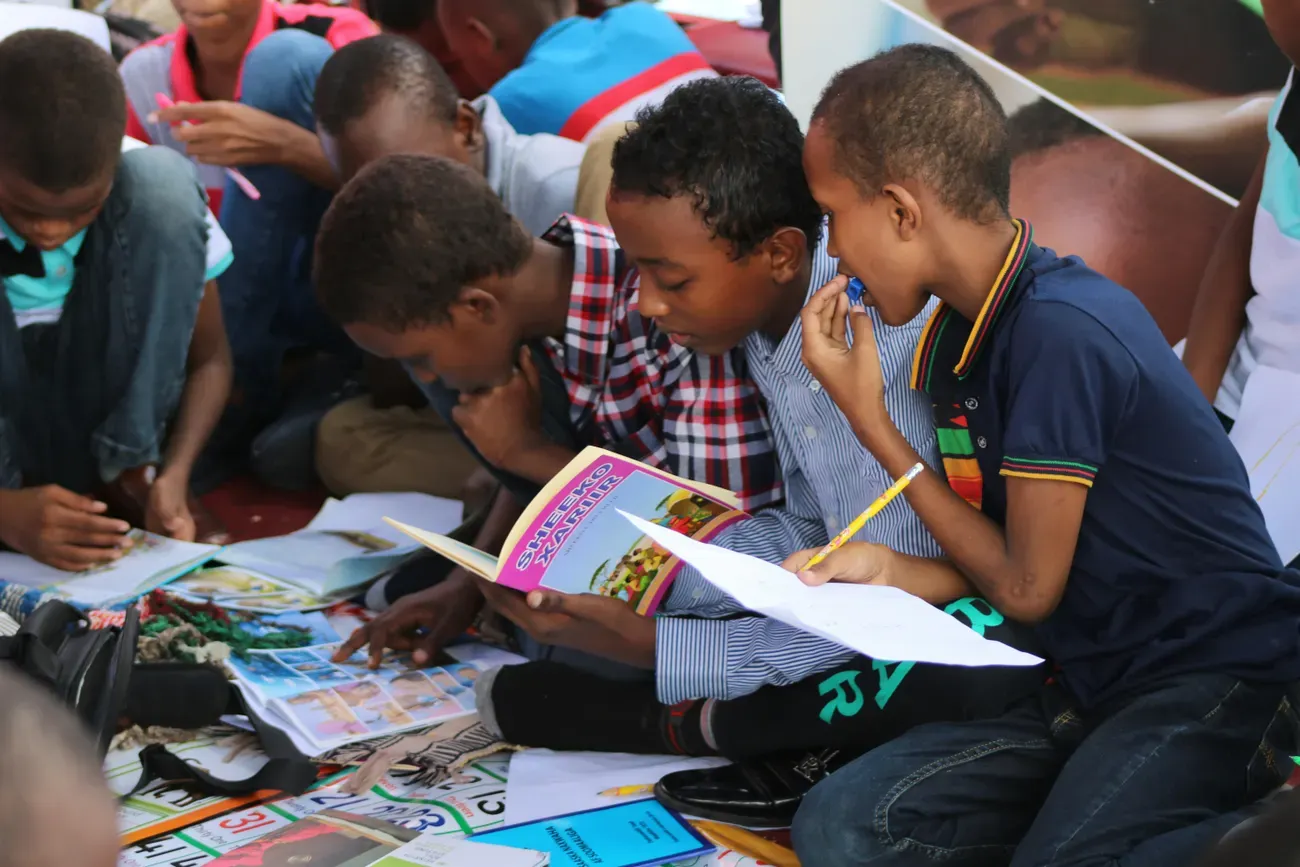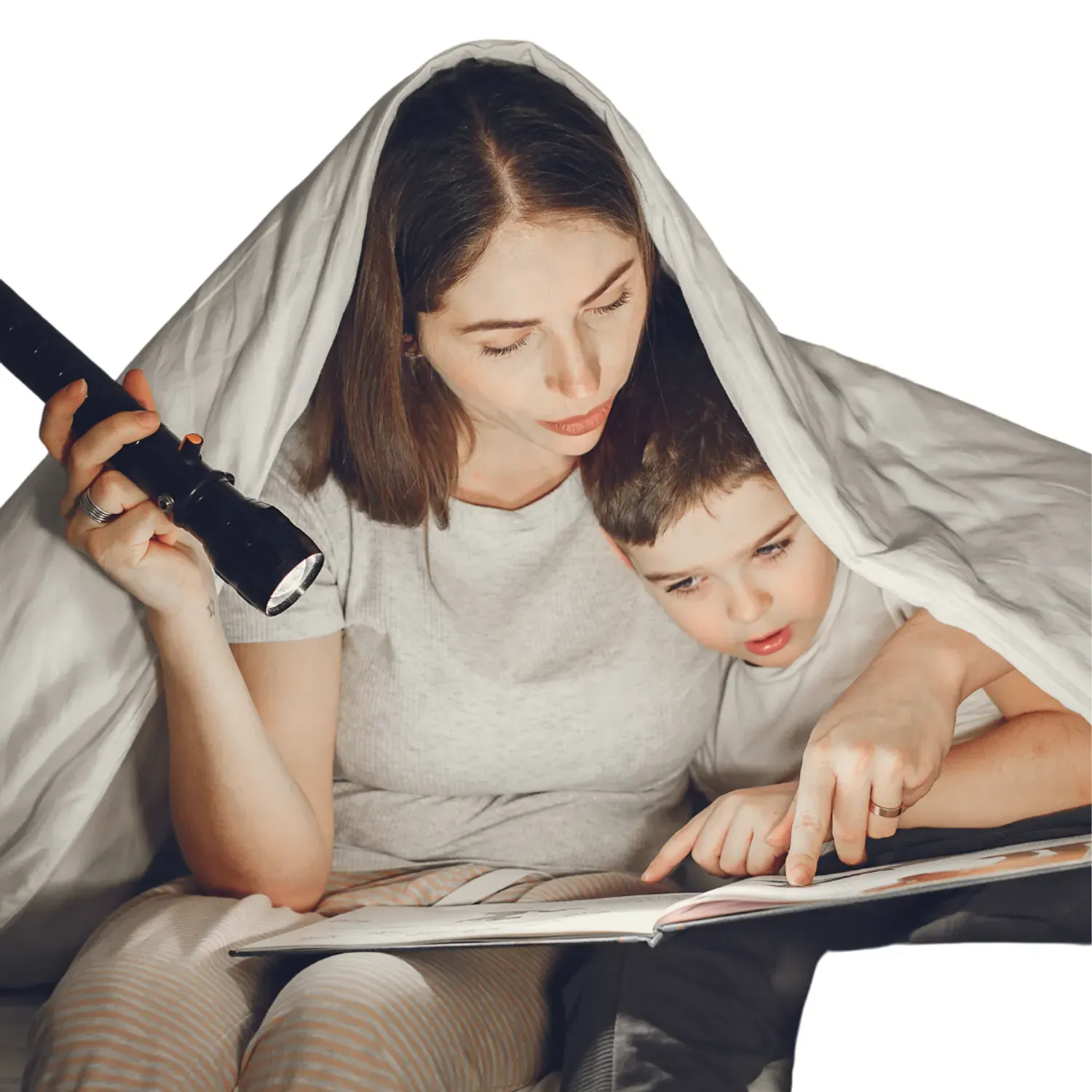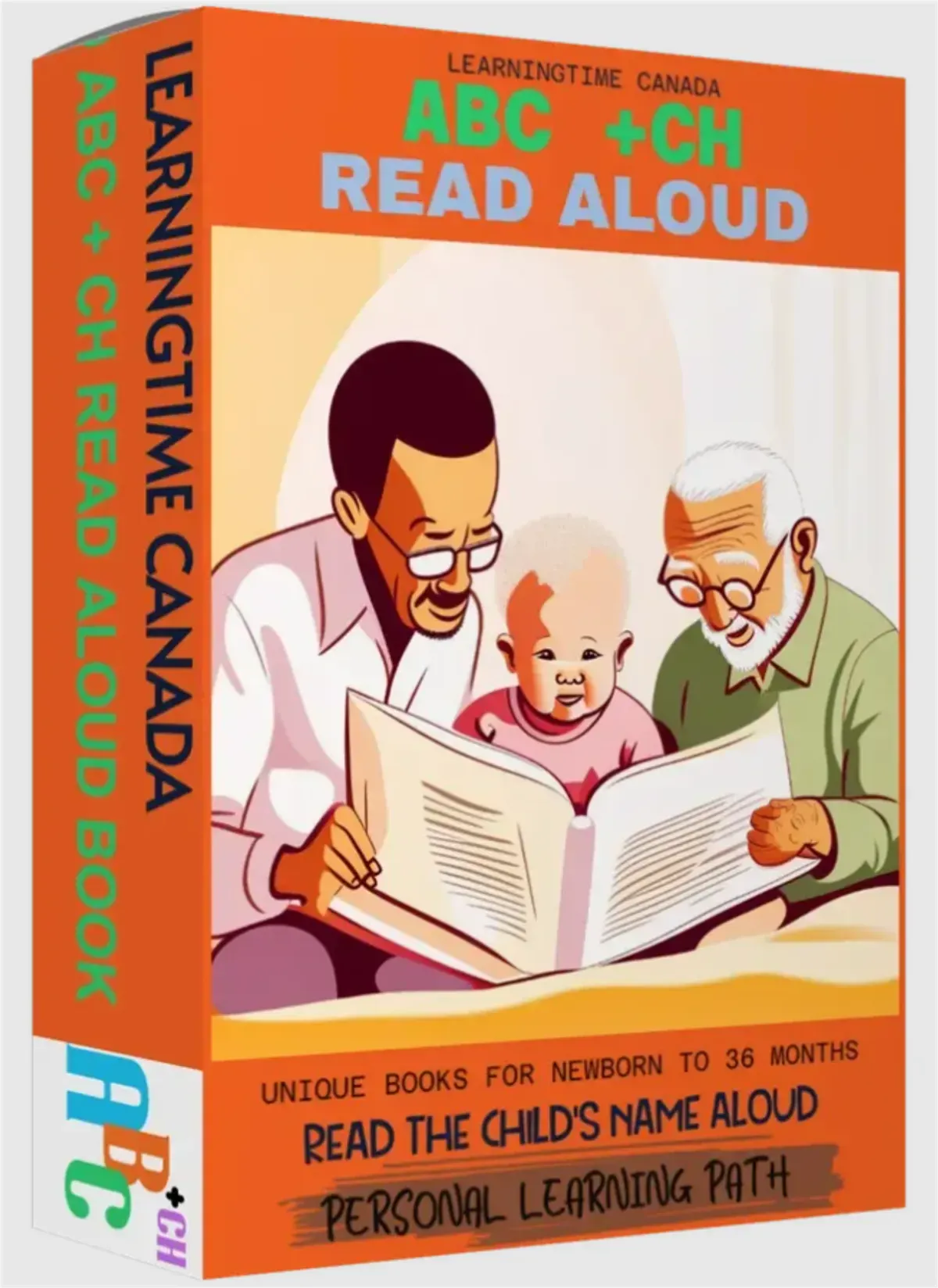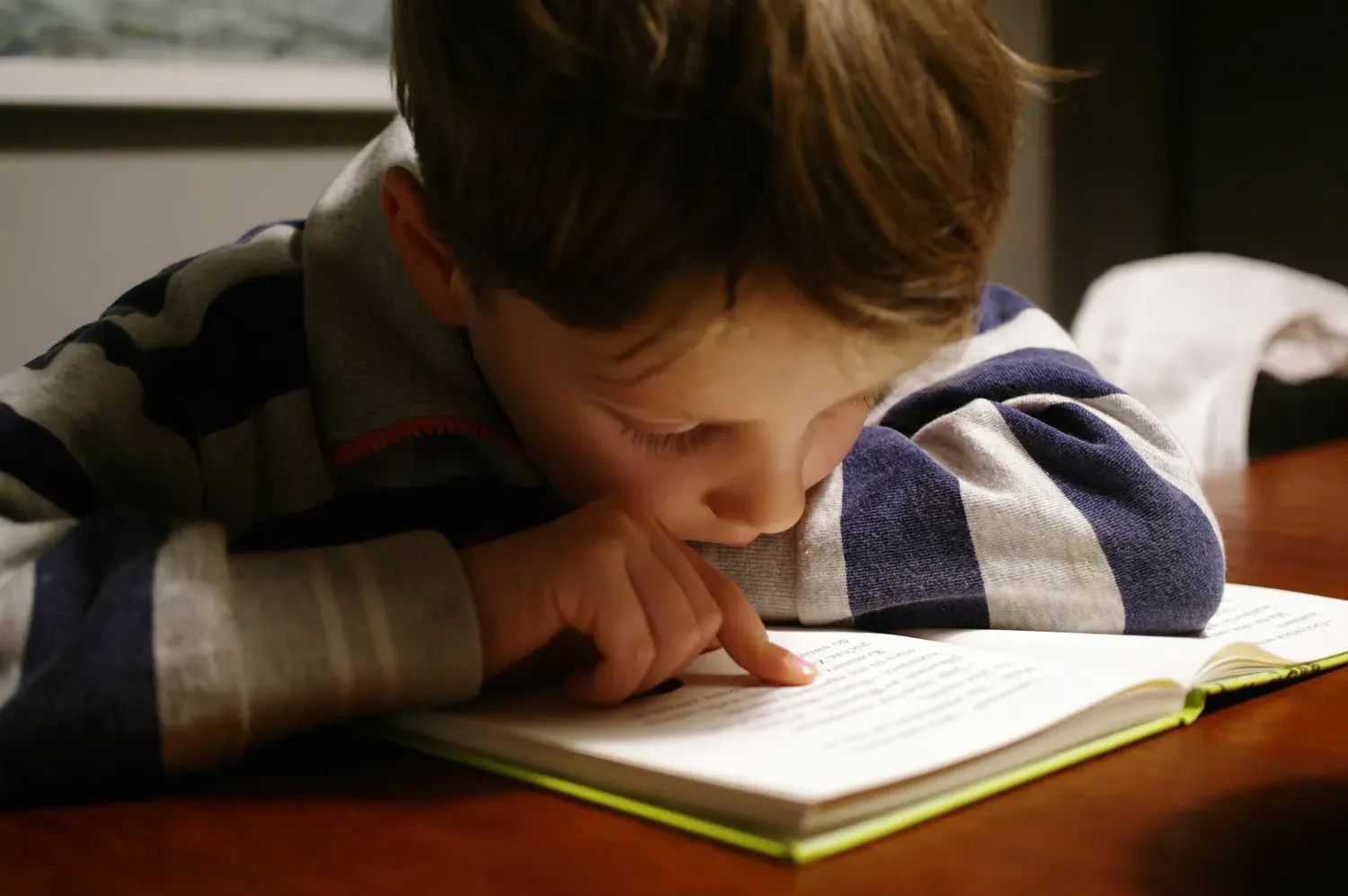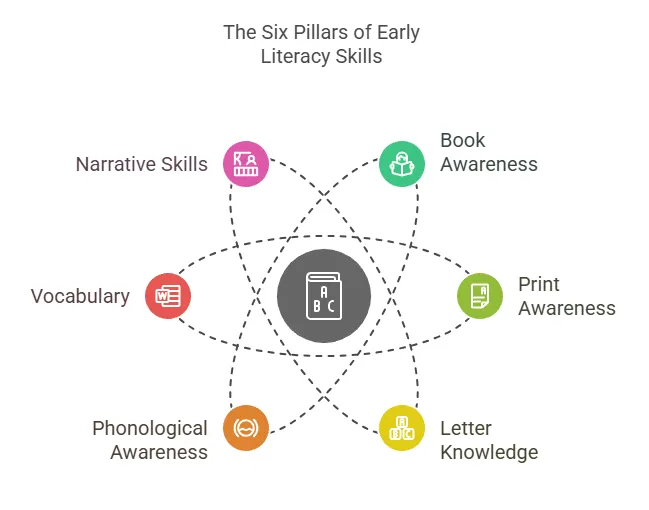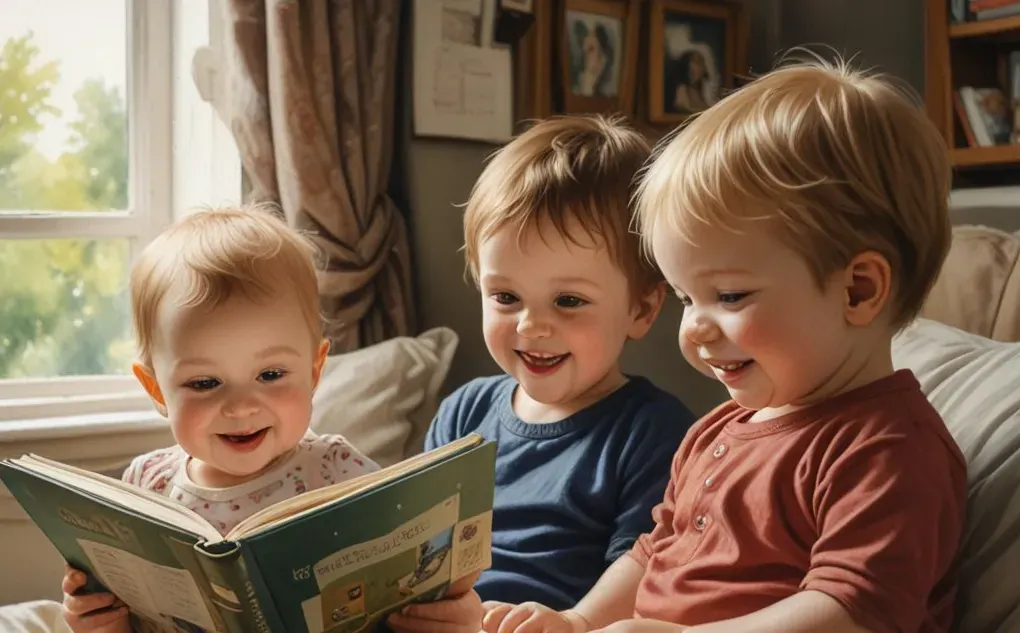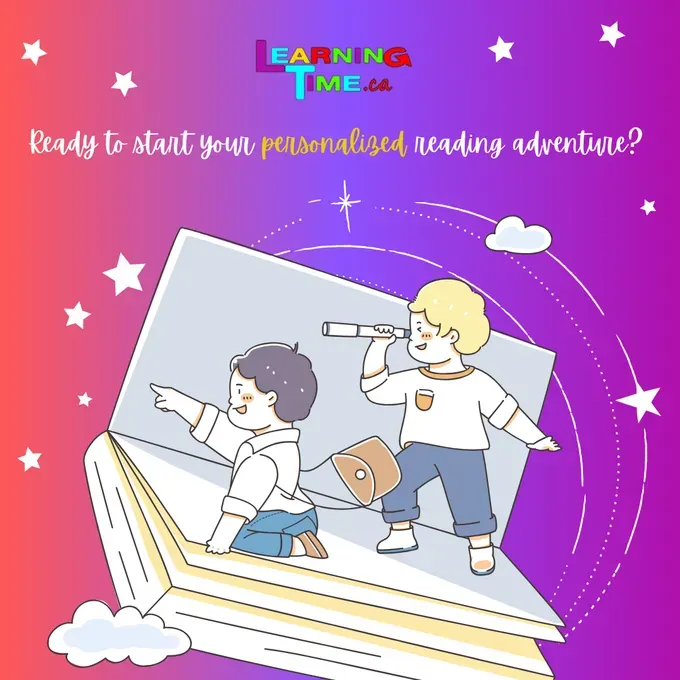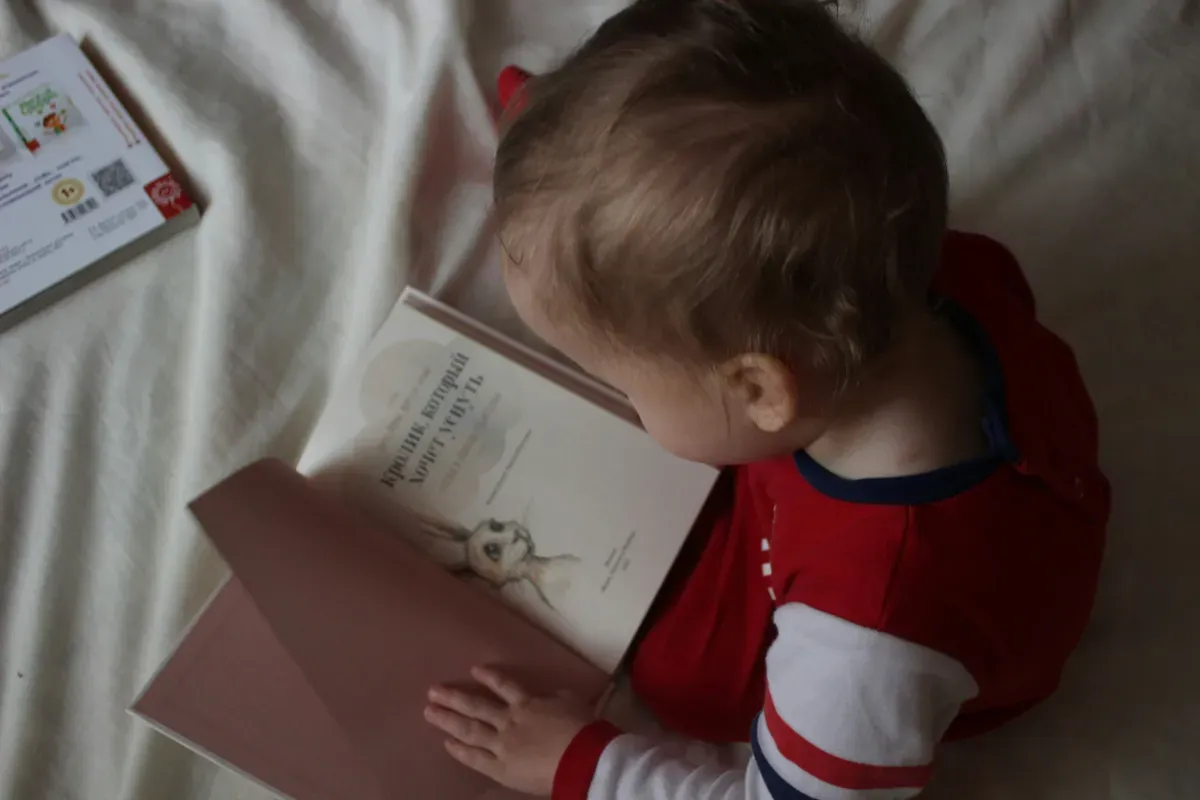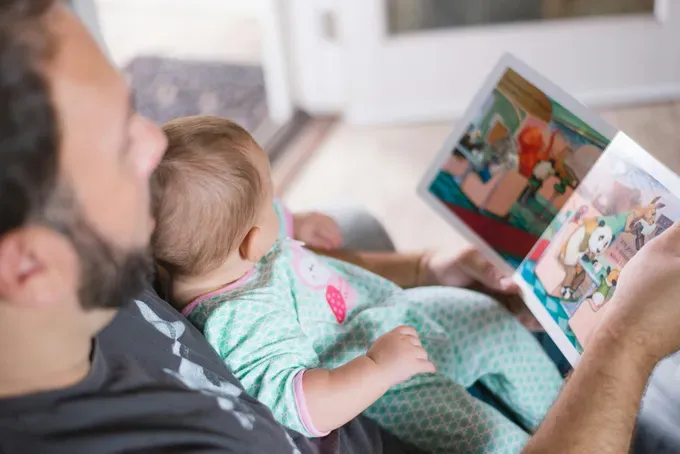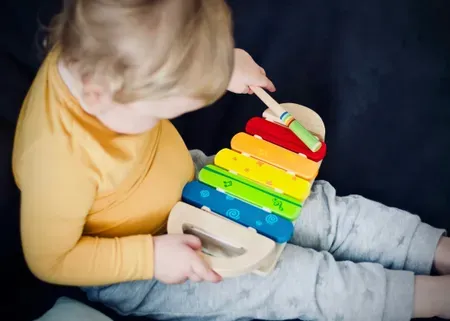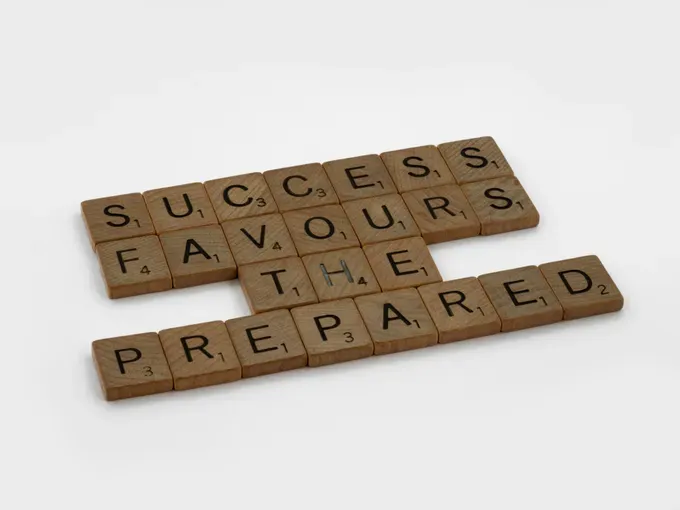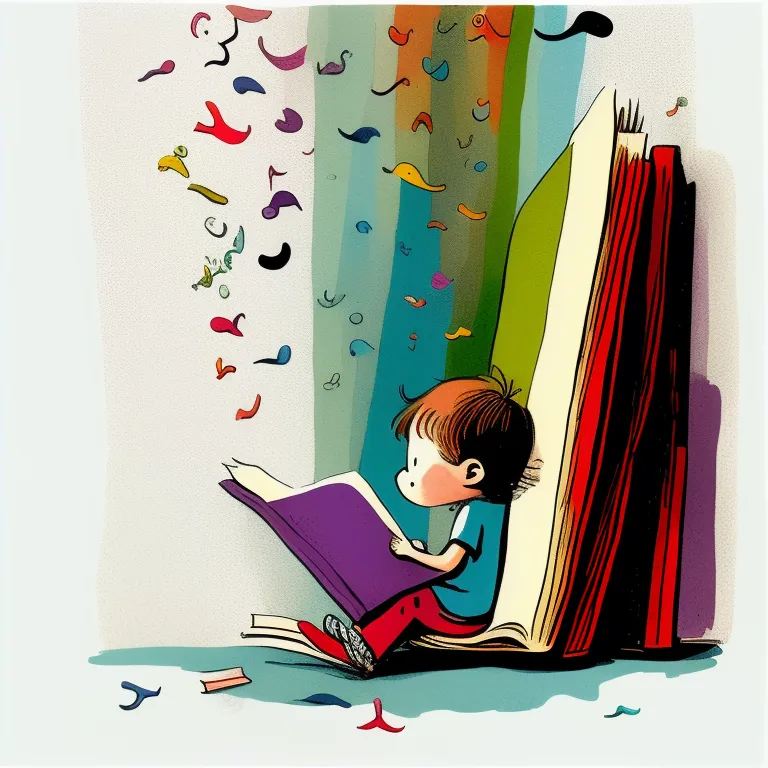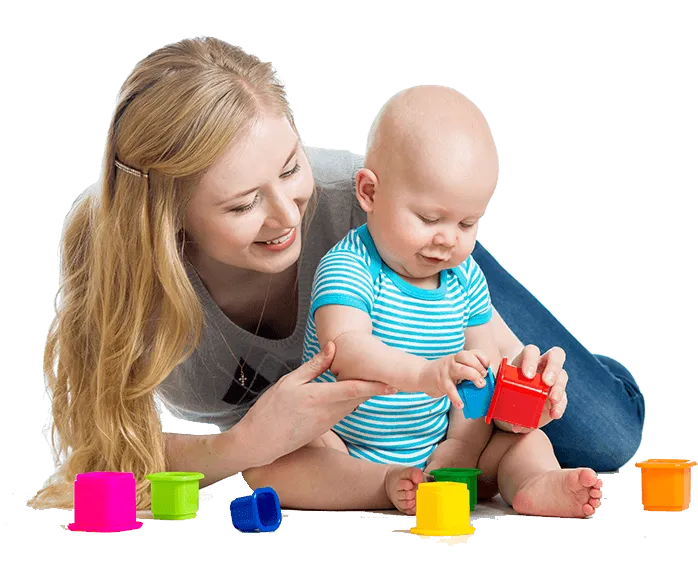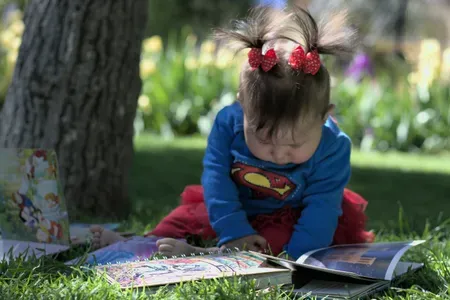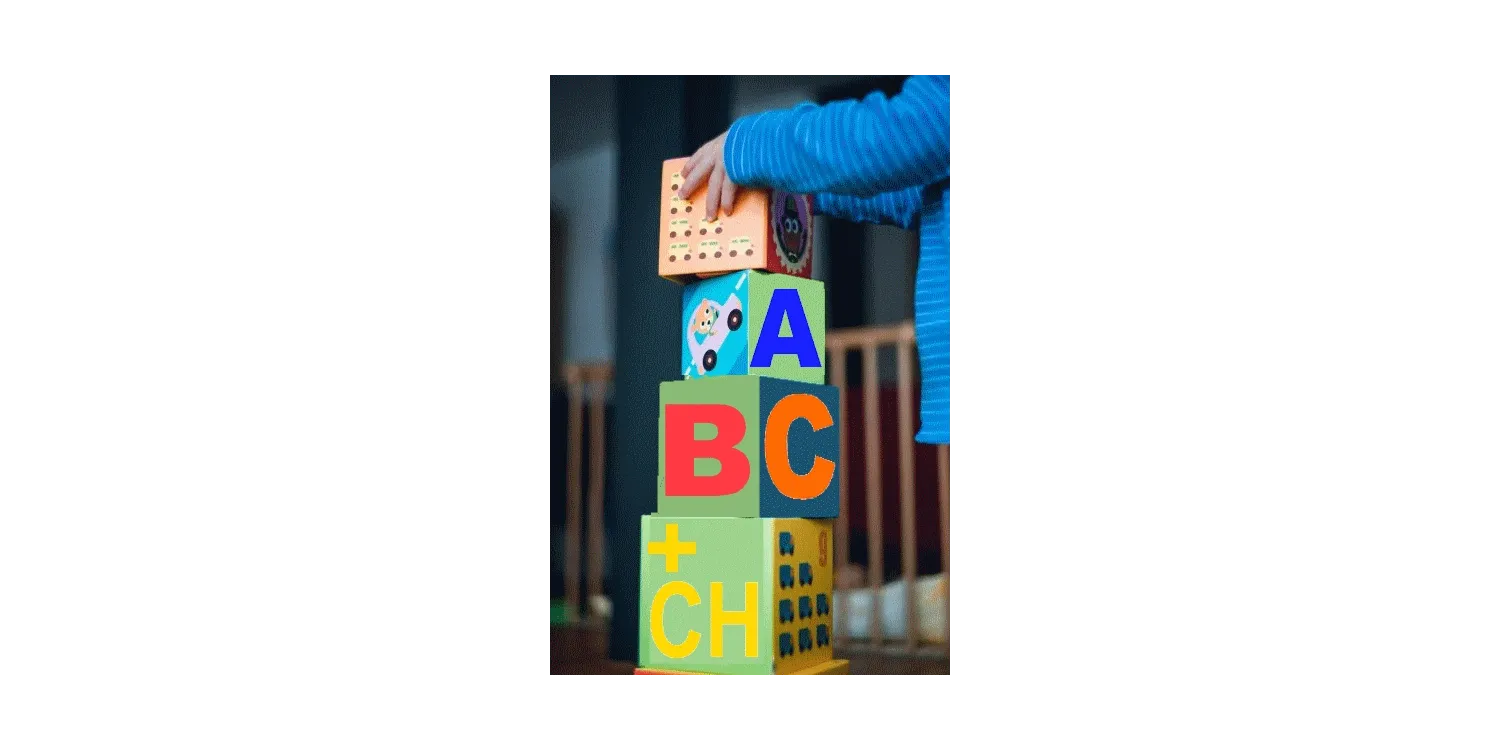How to Make Story Time Interactive and Fun for Kids

Exciting Story Time Ideas for Kids: Interactive & Fun
Key Highlights
- Interactive story time helps children develop listening skills and encourages a love for reading.
- Engaging children with questions, props, and activities can transform a simple story into an immersive experience.
- Voice modulation, utilizing different tones and pitches for different characters, is key for grabbing a child's attention.
- Using readily available materials can easily enhance story time - think household items or simple crafts.
- Remember to choose age-appropriate books and modify activities to suit the children's developmental stage.
- Most importantly, relax, Have Fun, and Let Your Inner Child Shine Through!

Introduction
Story time is a great way to connect with young children. It helps them love books and learn about language. During story time, you can take them to magical places and show them new ideas. Changing story time from a quiet moment to a fun adventure is not hard. Just a few easy tricks can turn a wonderful story into a great experience. Let’s look at some fun ways to make stories come alive!
The Magic of Interactive Story Time

Interactive story time is now more exciting than before. Children no longer just sit and listen quietly. Instead, they take part and engage in the stories. This change makes story time feel like magic, capturing kids' attention and boosting their imagination.
Instead of only reading from a book, interactive storytelling allows children to join in the adventure. It turns the whole experience into a fun game full of imagination and exploration.

Why Interactive Story Time Matters for Kids
Interactive story time is important for helping kids develop their language skills. When children join in, they learn new words and understand language better. Asking questions during the story helps them think and improve their understanding.
Also, audience participation builds a child's confidence. When they answer questions or sing along, they feel heard and important. This helps them get better at talking and making friends.
Adding fun activities keeps kids excited and focused for longer. It turns story time into something they enjoy, helping create a lifelong love for books and reading.
The Impact of Engagement on Learning and Imagination
Engagement helps unlock a child's imagination. When you involve children in storytelling, they start to create their own ideas, picture scenes, and build their worlds around the story. This active way of learning boosts their creativity and helps their memory and thinking skills.
When children are engaged, learning turns into a fun adventure. The more you can use different senses during story time, the better they will remember the experience. Using props, costumes, or even hand gestures can turn learning from simple memorization into an exciting, hands-on experience.
In simple terms, engagement makes learning enjoyable! It changes story time from a task into a thrilling journey. This fosters a love for stories and a desire for knowledge that can last a lifetime.
Preparing for an Interactive Story Session
To run a fun and engaging story time, you need some preparation. But don't stress; it doesn't require fancy setups or tricky props. What you need is to be organized and pick things that go well with your story.
Planning a little ahead makes everything easier and more enjoyable for everyone. It helps you focus on the most important part - making the story come alive for your kids!
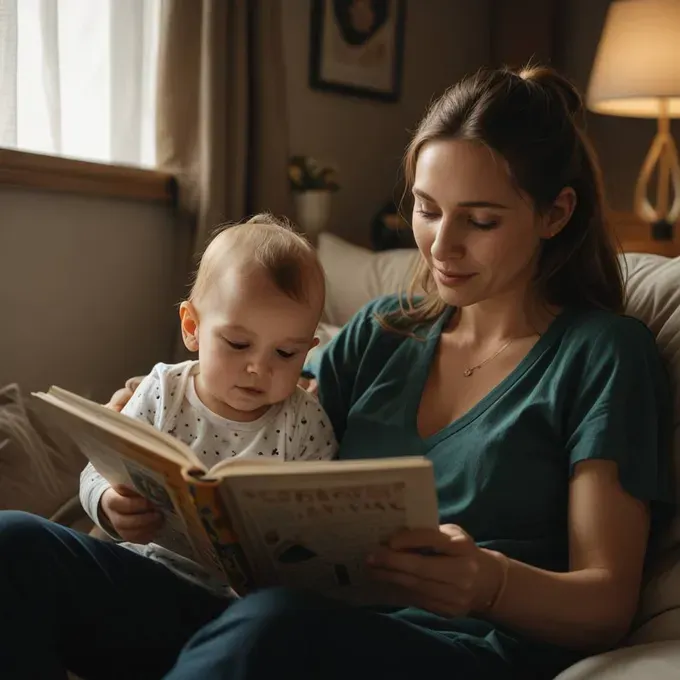
Essential Tools and Resources for Storytelling
- The simplest props often work best. You can use items like scarves, hats, or toys to help tell your story. Picture books with bright and fun pictures are great for holding a child's interest. Point to the pictures while you read. This helps kids name objects and say what they see.
- Your local library storytime can give you lots of stories and ideas. Libraries have many books for all ages. They also host storytime events with friendly librarians. Joining these events can spark new ideas for your own interactive story times.
- Don't worry about being too usual. Use common items from home as props. You can make easy puppets from socks or draw pictures on a whiteboard to help tell your story. The options are endless!
Selecting the Right Books for Your Audience
Choosing the right book can really change story time. When picking books, think about the age and interests of the kids. Toddlers like board books with bright pictures, simple stories, and words that repeat. Preschoolers prefer stories with a bit more detail, interesting characters, and maybe some humor.
Don't hesitate to share your own favorite books from when you were a child. Telling stories that mean a lot to you can make story time even more special.
The key is to choose books you love to read out loud. Your excitement will spread to the kids and make story time a fun experience for everyone.
Mastering Voice Modulation Techniques
Voice modulation is the special key to great storytelling. It helps bring energy to the words, making them come alive in the minds of your young listeners.
You can compare it to painting with your voice. By using different tones, pitches, and volumes, you create a rich sound experience that makes the story exciting and engaging.
The Art of Using Different Voices for Characters
Using different voices for different characters can make your story more exciting. A deep voice for a giant, a squeaky voice for a little mouse, or a silly voice for a playful monkey can really grab a child's attention. Don't hesitate to be fun and try out different accents and tones.
Just remember, you don't have to be a great voice actor. The aim is to create a fun and enjoyable time for the kids. Let your playful side shine, and don't worry about being silly!
Using these different voices not only makes things entertaining but also helps children tell the characters apart and understand the story better. The more lively and interesting you are when telling the story, the more they will get lost in it.
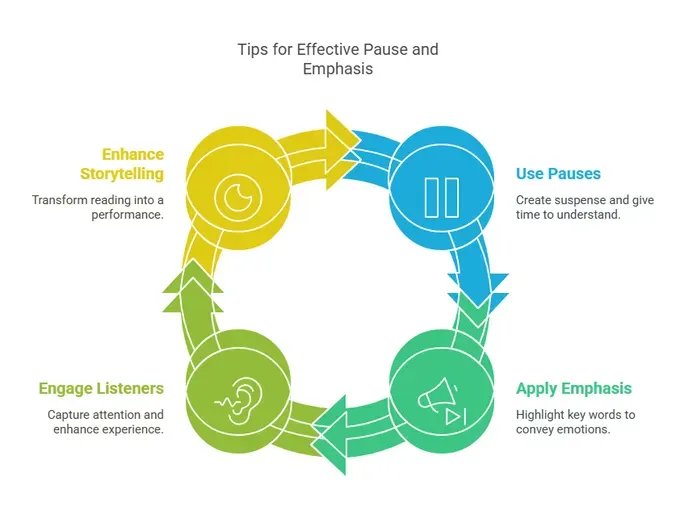
Tips for Effective Pause and Emphasis
- A good pause can build suspense and create excitement. It also gives children time to understand what they hear.
- Pause before sharing a surprise, after asking a question, or to stress an important part of the story.
- Emphasis means changing your tone or volume to make certain words stand out. Focus on words that describe feelings or feelings many people can relate to; this helps bring the story alive. For example, you might whisper "scary" or shout "Surprise!"
- Using pauses and emphasis helps listeners feel the story's mood and beat. It adds depth and interest, turning a simple reading into a great performance.
Incorporating Physical Elements into Storytelling

Remember how much fun it was to play make-believe when you were a kid?
Adding physical things to your storytelling helps children experience that fun again! It gets their bodies and minds involved, making the story feel more real and memorable.
You don't need fancy shows. Just using simple movements, expressions, and props can make the story come alive.

Using Gestures and Facial Expressions to Convey Emotion
- Let your face and body show the feelings of the story.
- A frown, a big smile, or a surprised look can say a lot and make the characters easier to relate to.
- Simple actions, like clapping your hands, raising your eyebrows, or shrugging, can add more feeling to your storytelling.
- For instance, if the story has a sad character, use a sad face and let your shoulders droop.
- If the story is about something happy, smile big and clap your hands.
- Encourage kids to copy your actions and expressions.
- This helps them understand different feelings, which boosts their emotional intelligence and self-awareness.
Props and Costumes: Enhancing the Story Visually
Props and costumes make stories more exciting and real. You can use simple items like hats, scarves, or puppets to show different characters from the story.
Costumes can be basic. A simple crown, a cape, or a bright scarf can make you look like a king, a superhero, or a magic creature.
The important thing is to use props and costumes in fun ways. This can help spark children's imaginations and make story time more enjoyable. Remember, if you engage more senses, story time will be more fun and unforgettable.
Step-by-Step Guide to Engaging Story Sessions

Ready to plan your fun story time?
It’s simpler than you might think. Here’s an easy guide to help you create a lively and engaging experience for your kids. Just remember to adjust these steps based on the age and interests of the children.
The goal is to make a fun and interactive space where kids feel safe to join in and let their imaginations fly.
Step 1: Setting the Scene for Your Audience
Before you start the story, pause for a moment to set the scene. Ask your listeners to picture the world of the story. Talk about the place, the characters, and the feeling. For example, if the story is in a jungle, invite the kids to make jungle noises, swing their arms like monkeys, and pretend to sneak through tall grass.
You can ask questions to make them curious: "What do you think will happen next?" or "What would you do if you were the main character?" Getting them to think before you start will help them listen better and enjoy the story more.
Remember, it’s all about bringing the story to life for your young audience. The more fun and engaging you are, the more they will care about the story.
Step 2: Building Interaction Through Questions and Responses
Throughout the story, stop at different times to ask open questions. These questions can be about the plot, how the characters feel, what might happen next, or what the kids think about the events. Let them share their thoughts using words, gestures, or sounds.
Feel free to be creative when you ask questions. You can ask kids to act out a scene, draw a picture, or make up their own ending.
The most important thing is to keep the kids engaged. This helps them think deeply and creatively about the story. It’s about having a discussion, not just reading.
Step 3: Encouraging Participation with Activities Related to the Story
- Add simple activities that relate to the story.
- If the story is about animals, have the kids make animal sounds.
- If it describes colors, ask the kids to point to things in the room that are that color.
- Think about adding songs, rhymes, or fingerplays connected to the theme of the story.
- This gives the kids a fun break and helps them remember the story better.
- Don't stop the fun when story time ends.
- Keep it going with activities connected to the story later.
- This could be drawing a picture of their favorite character or making a craft inspired by the story.
Conclusion
In conclusion, making story time fun for kids is more than just reading. It's about giving them a magical experience. This helps trigger their imagination and learning. You can use voice changes, movements, and fun activities to take them into a story’s world. Remember, an interactive story time makes kids more engaged and creative while also helping them bond with others. So set the scene, ask them to join in, and bring stories alive with props and gestures. Your work to make story time exciting will have a lasting effect on young minds. If you want more tips and ideas, please share your thoughts in the comments below!
Frequently Answered Questions
How do I make my story more exciting?
Bringing your story to life is about getting people involved, being creative, and having some fun! Use lively voices and sound effects, and ask questions to keep kids interested. Your excitement will rub off on them!
What are some creative ways to make story time more engaging for children?
Think outside the book! Use puppets, wear costumes, make a sensory bin that connects to the story, or act out the scenes. Encourage moving around, singing, and, most importantly, being creative. Let your imagination run wild!
What are some affordable props I can use for story time at home?
Forget about pricey props. Think about saving money! Use things you already have at home, like scarves, kitchen tools, or toys. You can make easy puppets with socks or paper bags. Let these everyday items change your story time.
How can I make story time interactive for very young children?
Simplicity is important! Pick books that have fun parts, like flaps or different textures. Use big facial expressions. Make animal sounds and invite everyone to join in by clapping or bouncing. Keep story time fun and lively.
What is Expressive Reading?
Expressive reading is a way to tell a story using your voice. It helps in making the characters and the story feel real. This technique focuses on connecting with the text. You use different tones, pitches, and pauses. This helps in showing the emotions and meaning of the story.
Why is Expressive Reading Important?
Expressive reading greatly affects how children learn to read. It helps them see the details in language. It also improves how well they understand what they hear. Reading this way makes stories more fun and easier to remember. This type of reading sparks their imagination!
Reference:
https://www.splashlearn.com/blog/best-storytelling-activities-for-kids/
https://deeperkidmin.com/10-interactive-storytelling-ideas-for-elementary-kids/
https://jbrary.com/new-to-storytime-how-to-read-books-to-a-group/
https://littlescholarsnyc.com/interactive-storytime-techniques/
https://pathways.org/mother-goose-dr-seuss-7-ideas-make-story-time-fun
https://catchingreaders.com/2020/01/05/interactive-storytelling/
https://sjlittle.ca/preschool/ways-to-engage-preschoolers-with-stories/
https://jbrary.com/new-to-storytime-planning-a-storytime/
https://www.transformchallengingbehavior.com/blog/storytelling
https://www.reddit.com/r/Libraries/comments/x515wj/story_time_help/
https://www.youtube.com/watch?v=jXwi2lfTK_4








